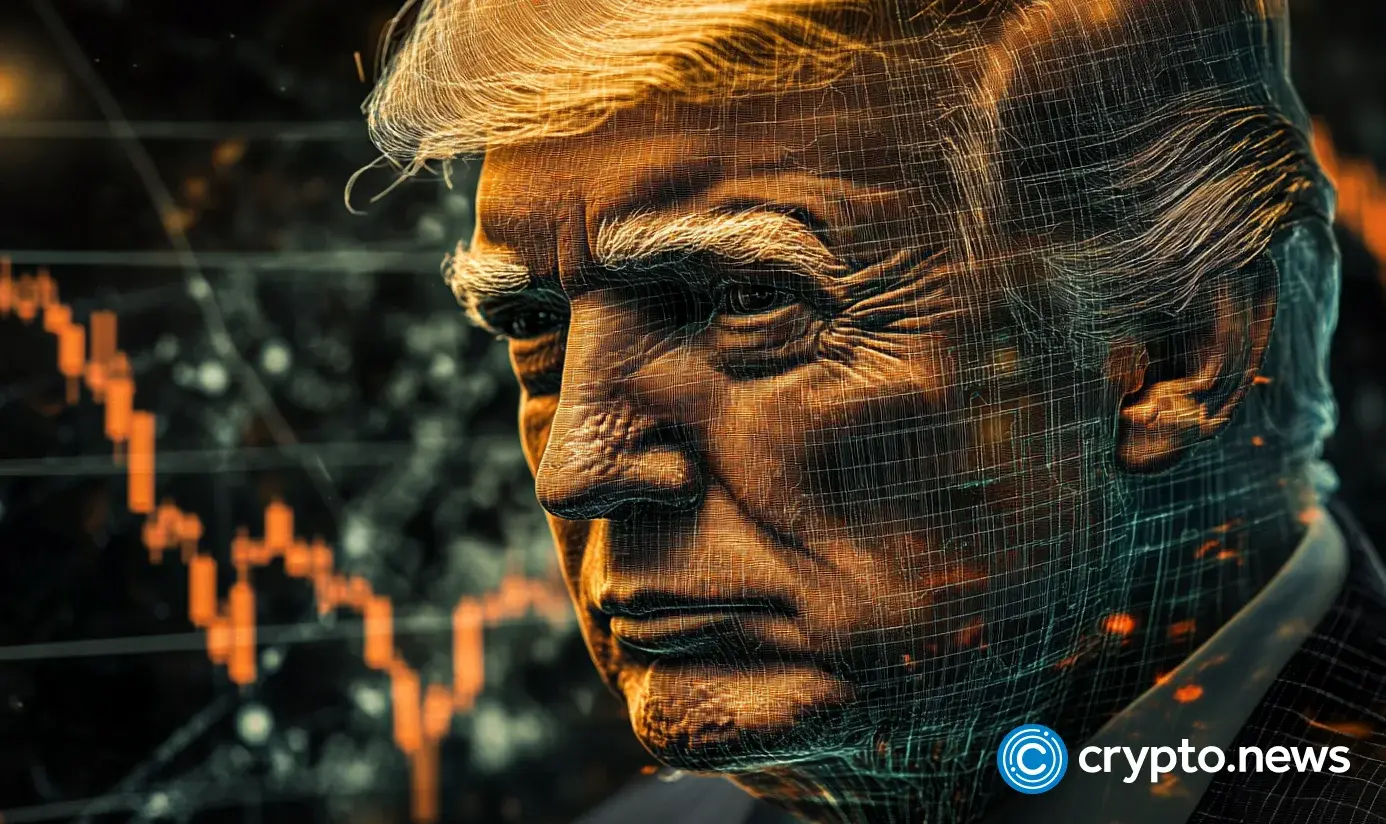
President Donald Trump’s support for stablecoins may be less about blockchain innovation and more about financial engineering, according to Mateusz Kara, CEO of European crypto payments giant Ari10.
The launch of USD1, a new dollar-pegged stablecoin backed by U.S. President Donald Trump and his family, may appear like another step in mainstream crypto adoption and a natural move given his open support of the industry. But for Mateusz Kara, CEO of leading European crypto payments provider Ari10, the stablecoin signals something much bigger: a U.S.-driven strategy to reshape global debt markets.
“I don’t quite believe in Trump’s sudden love for stablecoin and blockchain,” Kara said in a statement sent to crypto.news. “The real purpose of strengthening the stablecoin market is to make the world a new, receptive market for U.S. bonds.”
According to Kara, the mechanism is simple but powerful. To issue stablecoins like USD1, platforms will need to buy U.S. dollars and short-term treasuries. This creates a fresh, decentralized channel for global bond distribution.
“It’s a new dollar expansion mechanism,” he explained. “And it will help the U.S. borrow at lower cost by boosting demand for its debt.”
USD1 joins a crowded field
USD1 was launched on March 25 by World Liberty Financial, the Trump family-affiliated decentralized finance venture. The token is backed 1:1 by U.S. treasuries, cash equivalents, and deposits, and will run on Ethereum and Binance Smart Chain. The initiative is already backed by over $500 million in funding and 85,000 verified users, according to CNBC.
It enters a stablecoin market that has grown more than 46% in the past year, with players like Tether, Circle, PayPal, and Ripple competing for dominance. Treasury Secretary Scott Bessent recently said stablecoins will be a key part of ensuring “the U.S. remains the dominant reserve currency.”
What this means for Europe
For European markets, Kara believes the launch of USD1 should act as a warning.
“Europe must strengthen its euro-based stablecoin infrastructure,” he said. “Otherwise, dollar-based stablecoins will dominate the digital financial system.”
He also emphasized that regulatory progress, such as the EU’s MiCA framework, is essential to creating a safer, more competitive environment for stablecoin innovation. While recent hacks and exchange scandals have shaken investor confidence, Kara believes regulation can offer the security and transparency needed to restore trust.
Ultimately, USD1 may be less about crypto utility and more about soft power. By integrating dollar-backed stablecoins into the global financial system, the U.S. could create a new channel for distributing its debt, one that bypasses traditional banking and extends the reach of the dollar in a programmable, borderless form.
Whether Europe will rise to the challenge, Kara warns, depends on how quickly it moves.
“Stablecoins are no longer just about crypto,” he said. “They’re becoming tools of global monetary strategy.”



